Recently Published

Intro to organik
organik is a multi-horizon probabilistic forecasting framework that trains diverse model variants per horizon, scores them on sharpness and calibration, and blends them into a single ensemble.

Intro to unfold
A variational mapping approach that reveals and expands future temporal dynamics from folded high-dimensional geometric distance spaces.

Intro to temper
Implements a probabilistic ensemble time-series forecaster that combines an auto-encoder with a neural decision forest whose split variables are learned through a differentiable feature-mask layer. Functions are written with 'torch' tensors and provide CRPS (Continuous Ranked Probability Scores) training plus mixture-distribution post-processing.

Intro to chopper
Implements a changepoint-aware probabilistic forecasting algorithm that segments the time series by shifts in mean and variance. Each segment is modeled using Theta, TBATS, and ARFIMA, and their forecasts are fused via a product-of-experts for robust ensemble prediction.

Intro to xpect
The xpect function implements probabilistic time series forecasting by combining gradient-boosted regression with conformal inference techniques. It produces predictive distributions with uncertainty estimation, optimizing hyperparameters through Bayesian, coarse-to-fine, or random search methods.

Intro to hmix
The hmix algorithm models time-dependent sequences by identifying hidden states using a Hidden Markov Model (HMM) and clustering techniques like k-means. It forecasts future sequences by fitting multiple distributions and evaluating their accuracy through backtesting with CRPS.

Intro to spinner
Spinner is a torch implementation enabling the use of Graph Nets in R-based machine learning workflows.
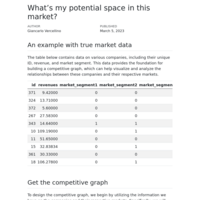
What’s my potential space in this market?
Estimating your potential market space using GNN (Graph Neural Networks) can be improved by gathering relevant data, choosing the appropriate GNN model, preprocessing and normalizing the data, using visualization tools, and considering additional factors.
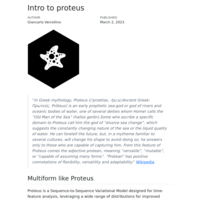
Intro to proteus
Proteus is a Sequence-to-Sequence Variational Model designed for time-feature analysis, leveraging a wide range of distributions for improved accuracy.
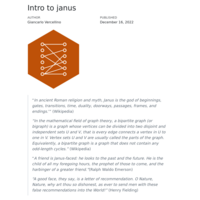
Intro to janus
janus is a coarse-to-fine optimization for a recommending system based on embedding neural networks

Introduction to codez
Seq2seq Time-Feature Analysis using an Encoder-Decoder to project into latent space and a Forward Network to predict the next sequence, based on Tensorflow.
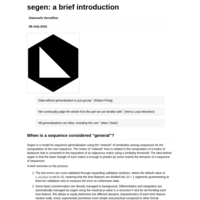
Introduction to segen
segen is a model for sequence generalization using the “network” of similarities among sequences for the extrapolation
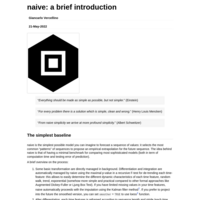
Intro to naive
Naive is a model to extract the common patterns from sequences and extrapolate time features
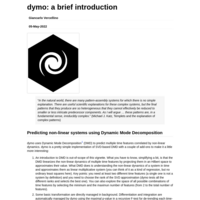
Introduction to dymo
dymo proposes an implementation of Dynamic Mode Decomposition (SVD-approach) to predict multiple time features

Introduction to AUDREX
Dynamic regression for time series using Extreme Gradient Boosting with hyper-parameter tuning via Bayesian Optimization or Random Search.
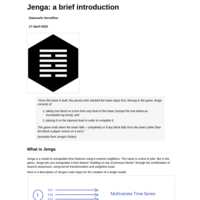
Introduction to Jenga
Automatic fast extrapolation of time features using kNN.
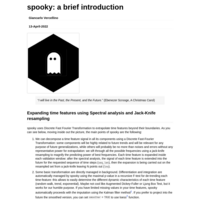
Introduction to spooky
Time features extrapolation through spectral analysis and jack-knife resampling.
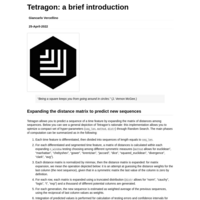
Tetragon: a brief introduction
Model for sequence forecasting based on expansion of distance matrix.

Introduction to SNAP
SNAP is a tool to design deep neural network with a single line of code.